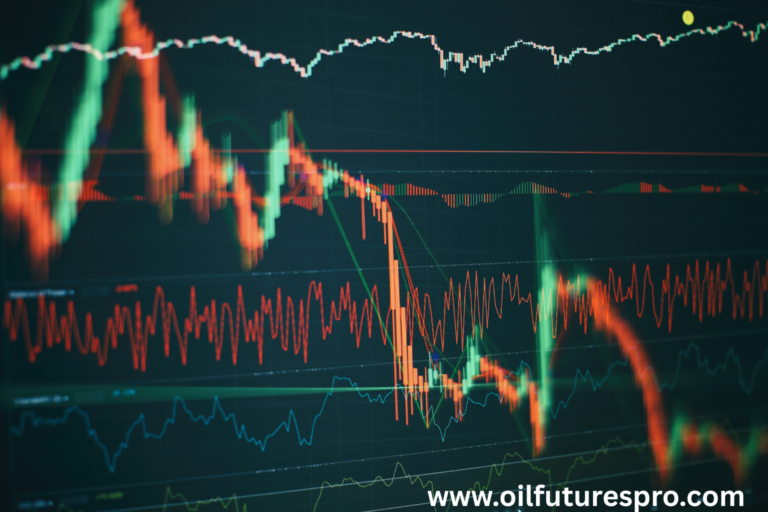Backwardation and Contango: Understanding Oil Futures Market Structure
If you’re trading oil futures, you’ve likely come across the terms contango and backwardation. These aren’t just technical jargon — they play a vital role in how oil futures are priced and traded.
This guide explains what contango and backwardation mean, why they occur, and how they affect oil futures traders.
What Is Contango?
Contango occurs when future prices are higher than the current spot price of oil.
Example:
- Spot price: $80
- 3-month futures price: $84
This upward-sloping futures curve typically signals an oversupplied market or low short-term demand.
Why It Happens:
- High inventory levels
- Low current demand
- Costs of storage and insurance priced into longer-term contracts
What Is Backwardation?
Backwardation is the opposite — when future prices are lower than the spot price.
Example:
- Spot price: $85
- 3-month futures price: $81
This downward-sloping curve often indicates tight supply, rising current demand, or expected price drops in the future.
Why It Happens:
- Inventory shortages
- Geopolitical supply threats
- Market fears of short-term disruption
Visual: Contango vs Backwardation Curve
| Month | Contango Price | Backwardation Price |
|---|---|---|
| Spot | $80 | $85 |
| Month +1 | $82 | $83 |
| Month +2 | $84 | $81 |
In contango, the curve slopes upward. In backwardation, it slopes downward.
How These Structures Affect Traders
1. Roll Yield
Traders rolling contracts (e.g., monthly) may lose money in contango but gain in backwardation.
2. Storage Strategies
Contango can incentivize buying oil now and storing it for sale later at higher prices.
3. ETF Performance
Oil ETFs like USO often underperform in contango due to negative roll yield.
Which Structure Is Better?
Neither is “better” — it depends on your strategy.
- Contango: Good for long-term hedgers, difficult for ETF holders
- Backwardation: Favors short-term traders and long ETFs
Markets often flip between both structures based on current events, inventories, and forecasts.
Conclusion
Understanding backwardation and contango helps oil futures traders anticipate pricing pressure, structure trades more efficiently, and manage rollover strategies. Keep an eye on the futures curve shape as part of your market analysis — it’s more than just a chart, it’s a signal.
FAQs About Oil Futures Market Structure
What causes contango in oil markets?
High inventories, low spot demand, and positive storage economics.
Is backwardation bullish for oil?
Typically yes — it reflects current demand outpacing supply.
Can the oil market switch between contango and backwardation?
Yes. It changes based on supply-demand shifts, geopolitical events, and inventory data.
How does contango affect oil ETFs?
ETFs that roll contracts monthly often lose value in contango due to negative roll yield.
Where can I check if oil is in contango or backwardation?
Use futures curves on CME Group, TradingView, or broker platforms to compare front-month vs later contracts.






